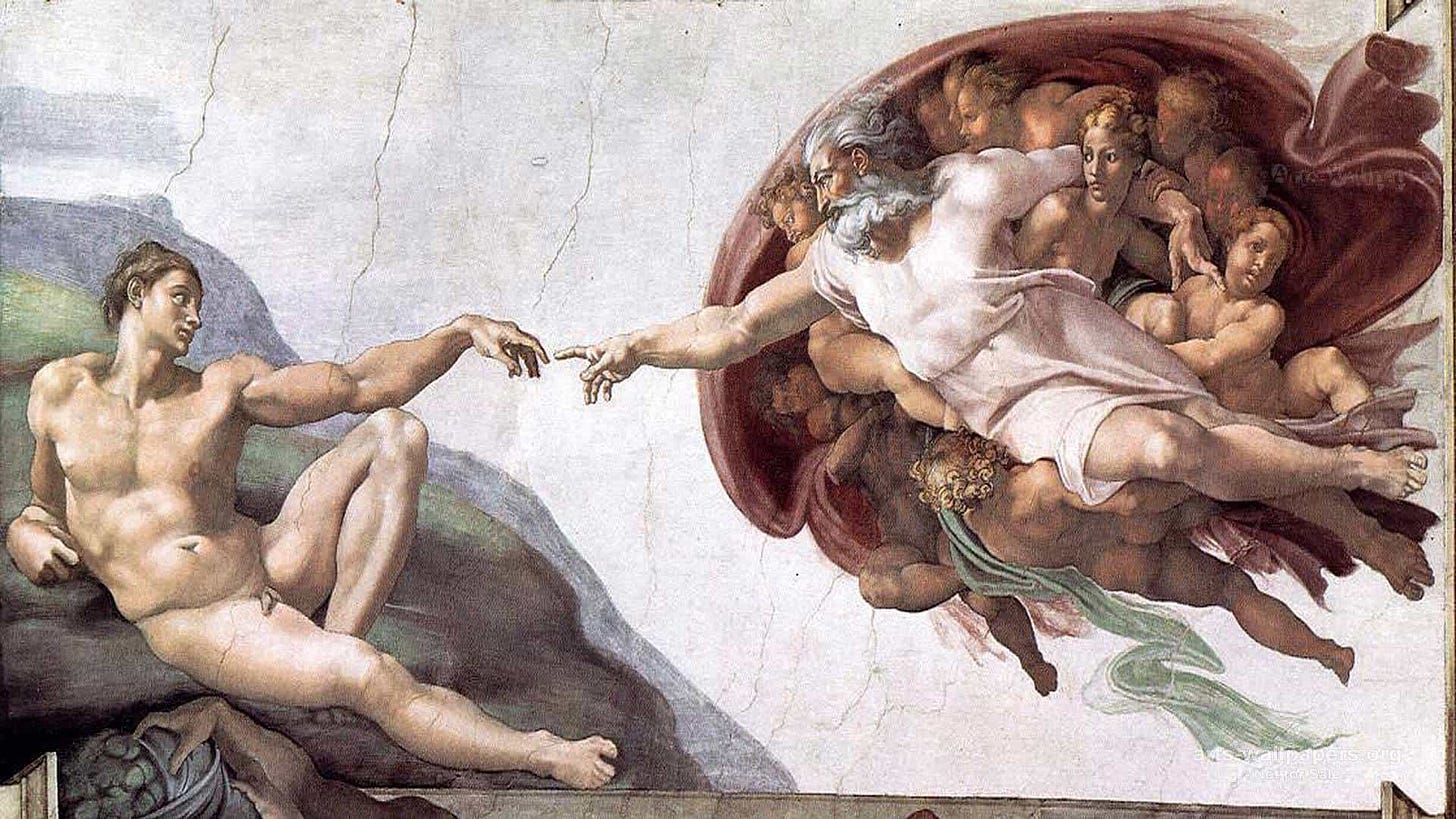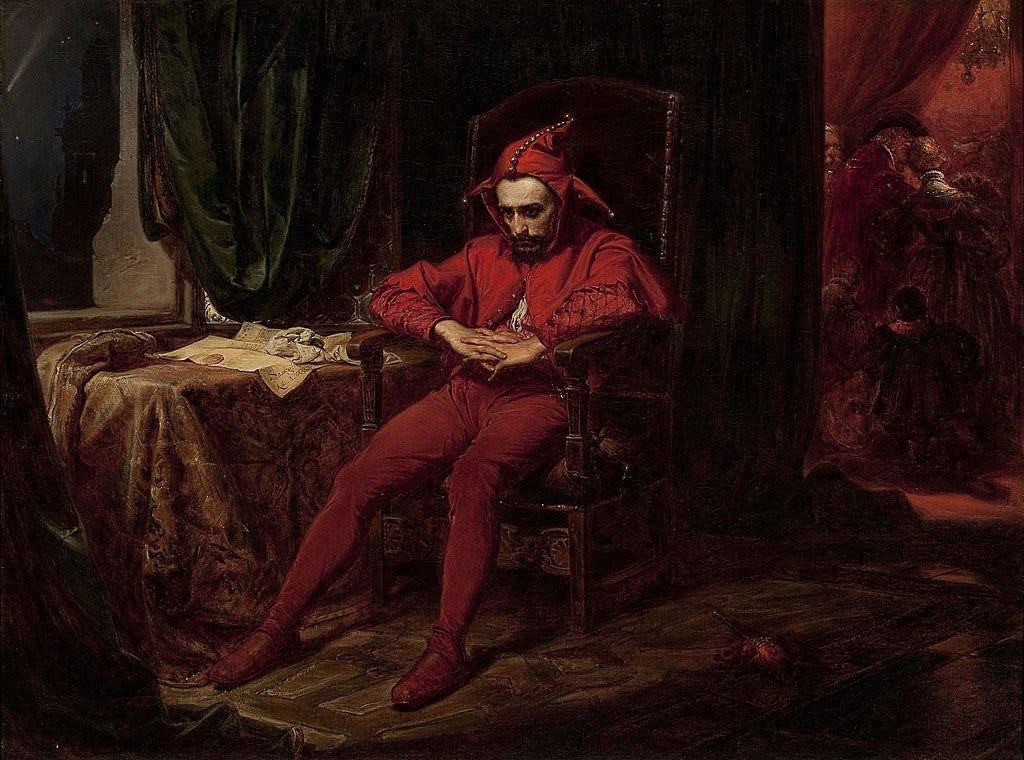I’ve been camping all weekend, and I’m exhausted.
I finally get home, back to my bedroom, decorated with posters of stars and dinosaurs. I’m twelve; it’s time to “adult” up my room before my friends start making fun of me.
I collapse in my bed. It’s only 5 pm, but I’ve been sleeping in the dirt for two days.
As I doze into unconsciousness, my brain sputters like a car from the 70s.
Then, it full-on seizes. The right side of my body starts pulsing with demon-like contortions. I can’t breathe. I can’t call for help. I just lie there and wait.
While waiting (and not breathing), I have an unexplainable subjective experience. This is where words lose power….strange shapes, colors, complex interconnected patterns, and a feeling of being “one.” What does that even mean? More on that later.
Finally, it’s done. I sip at the air. My lips are blue. I can’t move my right side. I can’t think beyond pictures and colors—no words.
I try to yank myself out of my bed with just my left arm. I pull myself up, stagger to my door, and then collapse in the hallway.
Luckily, my brother is just coming out of the bathroom. He screams for Mom.
She cradles me in her arms.
“Are you OK?”
I understand her words perfectly.
But when I open my mouth, only sing-songy gibberish comes out. I’ve forgotten how to speak English. I can only understand stories, songs, and colors.
The next day, Dr. Golden (my neurologist) shows me, on a chart, how my seizures only affect the left half of my brain. That means, for some reason, I will grow out of them.
She maps my brainwaves on an EEG. Strange, alpha-wave patterns. Like I’m in a deep trance.
Dr. Golden gave us a heavy shrug and some medication. They don’t know why or how it works at all; but take it twice a day with a meal ;).
This experience has colored my entire life. I would have never become a writer if I hadn’t lost the ability to communicate when I was twelve, which helped create my obsession with language.
Who is the write right brain?
Patients with severed connections between hemispheres exhibit behaviors that suggest each side of the brain has a unique personality.
A whole other “person” quietly lives in the right hemisphere of your brain.
Most people never meet that person–but it mutely watches you go through the world, only able to nudge you here and there with dreams and intuitions.
I did meet that person. Or, rather, I was him for a couple of hours while my left brain re-booted.
He is unlike the left brain—orderly, segmented, and predictable. He is intuitive, creative, and a future seer. To him, there is no boundary between your ass and the chair. They are all just wiggling parts of the same whole. The right brain may be a creative genius, but you couldn’t feed yourself without your left brain.
The right brain—normally silent—is the inner storyteller.
Dostoevsky’s seizures
Dostoevsky, widely agreed to be one of the most genius storytellers in history, had seizures.
He had a rare kind known as “ecstatic epilepsy,” which basically means that he had a good time while seizing up. He claimed he would have traded his entire life to have had them.
Freud tried to discount them as a mere symptom of his psychosis—but given what we know now about epilepsy and mystical states, that seems unlikely.
Dostoyevsky said it allowed him to experience “unbounded joy and rapture, ecstatic devotion and completest life.” That sounds exactly like what people say when in a mystical experience—which is a well-documented phenomenon.
And, let’s not forget, this was the man who wrote Crime and Punishment. We can’t exactly write him off as a nut.
Meditation brain mapping
Nineteen years later, I’m sitting at a meditation event. I’ve been randomly selected to have my brain mapped on an EEG.
A scientist is squirting gel into my hair to create an electrical current from my brain to the electrode. I’m sitting in a chair in a row of thirty-five other test subjects. She’s busy working to stick the electrodes through my curly mop, and we’re chatting.
“I used to have seizures,” I mention.
“Really?” she says. She has a Ph.D. in neuroscience. “That’s so funny you mention seizures. Before this event, I would have told you that it was impossible for a human being to sustain gamma brain-wave patterns for more than a second unless they had a grand mal seizure. Now I see it twice a day when people have a ‘mystical experiences.’ It’s not a seizure, but it looks like one on the EEG.”
“Are you serious?” I say. “When I had seizures as a kid, it sometimes felt like a mystical experience.”
“Wow,” she says, shaking her head. “The data is insane. We are just scratching the surface of what all of this means.”
Dr. Jill Taylor’s stroke of insight
Dr. Jill Taylor had a stroke, which shut down the left side of her brain—leaving her only on the right side. She explains the event in beautiful detail in her TED talk linked above.
She was exposed to the mindset of the right hemisphere. That’s something that a bunch of left-brain dominant people like us finds hard to understand. She met her inner storyteller.
In that state, there is no worry or fear because there is no separateness. No ego. There is only pure oneness with the “mind of God.”
We’re at a place in science (including with psychedelic research) where we can no longer avoid religious language.
What all this teaches us about storytelling
People usually use magical language when discussing creativity: “The muse.” “Inspiration.” “God worked through me.”
After my experiences, I can’t help but think this is a poorly-understood neurological phenomenon. Maybe there is a genius creative hiding in each of us if only our analytical left brain could get out of the way.
Sometimes a malfunction in the brain seems to make that possible. After all, the creative genius of Dostoevsky shook the entire world—and people still marvel at what he managed to do today. We shouldn’t take that lightly.
All you have to do is be brave enough (or lucky enough) to shut down the part of your brain that loves the known. The left brain might be all that stands in your way of creative greatness.
Creativity requires discomfort. It requires courage. It requires stepping beyond the veil of what you know into the blackness of what could be. That doesn’t necessarily mean a seizure, but we can follow the valuable breadcrumbs left behind by extreme experiences.
Sometimes it’s as simple as a daily habit of morning pages, taking a walk, or having difficult conversations with people we love. Anytime you do something difficult and worthwhile, you’re closer to the inner storyteller.
Here’s the takeaway: It’s all worth it. For me, having seizures was worth it for the same reason writing a novel was worth it.
Everything that makes me feel more than I understand is worth it.
There may be a god of creativity hiding in each of us.
Thanks for reading,
Taylor
Send this to someone searching for that hidden part of them.
P.S.
What I’m looking at:
Dr. Huberman’s deep dives into how the brain works are incredibly interesting. Pick one that speaks to you and listen.
Quotes I’m pondering:
“The reason for evil in the world is that people are not able to tell their stories.” ― Carl Gustav Jung
“You all, healthy people, can’t imagine the happiness which we epileptics feel during the second before our fit... I don’t know if this felicity lasts for seconds, hours or months, but believe me, I would not exchange it for all the joys that life may bring.” ― Fyodor Dostoevsky
“But without the judgment of my left brain saying that I am a solid, my perception of myself returned to this natural state of fluidity. Clearly, we are each trillions upon trillions of particles in soft vibration. We exist as fluid-filled sacs in a fluid world” ― Jill Bolte Taylor





Wow Taylor, so interesting!